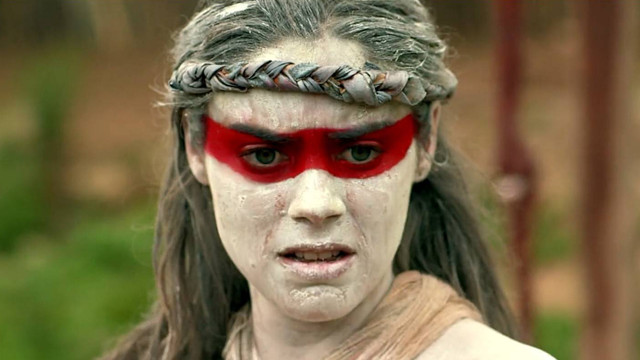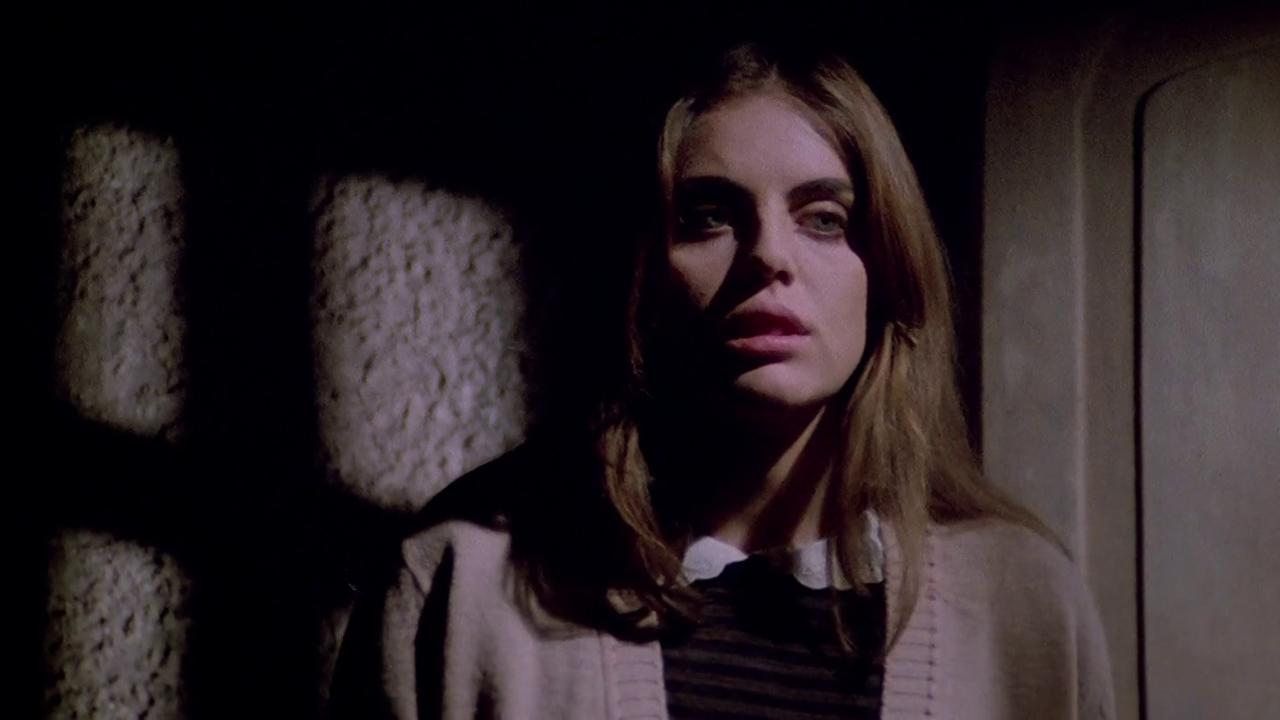
Next to comedies, more than any other, the horror genre has been historically critically undervalued, perceived unfairly as comic and dispensable. In spite of the validity of its devoted following, harsher critics go so far as to nullify horror’s purpose, snobbishly mocking it. What they’ve failed to recognise is, beyond the arbitrary artifice, these stories are exceptional vessels for wisdom of literary and social significance. Frankenstein (1931) spoke of outsider discrimination. George Romero’s Night of the Living Dead (1968) examined racism in the U.S. and Dawn of the Dead (1978) analysed consumerism.
Artists like Romero proved that genre pieces can not only match the importance of so-called high art, ‘literary’ films and books, but they can also outdo them. Alongside delivering essential allegorical messages, they are foremost enthralling pop culture entertainment. As a result of reviewers not always valuing the genre for what it is, many great horror movies have been misunderstood and underrepresented. With the exception of the 7th and 9th entries, which received negative reviews, the titles on this list hold divided percentages on Rotten Tomatoes.
1. Requiem For a Vampire (Jean Rollin, 1971)

The movie opens with a car chase involving a pair of clowns, one of them shooting a pistol out the rear window. Beautiful lovers Marie (Rollin’s frequent collaborator Marie-Pierre Castel) and Michelle (Mireille Dargent) wander through the French countryside until they discover a medieval castle. There, they’re taken prisoner by its vampire residents.
Principally, the erotic Requiem For a Vampire is the quintessential Jean Rollin movie – the supreme effort in the auteur’s especial vampire mythology. It possesses all Rollin’s hallmarks: minimal dialogue, an obsession with castles and graveyards, kinky violence, gothic hyperbole and, centrally, a de rigueur indulgence in lesbian sex scenes, rooted in the director’s sideline as a pornographer. Furthermore, the gorgeously painterly, meditative cinematography distinguishes it as an artistic highpoint in Rollin’s vampire-monopolised career.
These visuals aid in fostering the dreamlike, fairytale tone characteristic of France’s fantastique regional sub-genre (which blurs the line between horror, fantasy and sci-fi). What makes Rollin’s movies interesting and special are their idiosyncratic and visionary attributes, eschewing formulaic commerciality. In similarity to Jean-Pierre Melville’s crime films, Rollin reappropriated genre moviemaking as a platform to express his particular brand of arthouse poetry. For horror fans unfamiliar with Rollin, Requiem For a Vampire is an emblematic introduction to his filmography.
2. Race With the Devil (Jack Starrett, 1975)

2 couples (Warren Oates, Loretta Swit, Peter Fonda, Lara Parker) take a vacation in an RV. Stopping for the night at a river in rural Texas, they encounter a cult of murderous pagans who chase them across the state.
Firstly, the insidious, expertly-directed Race With the Devil is a perfect personification of paranoia. This facet is best illustrated when Lara Parker’s character goes swimming in a pool, only to look up and see a horde of people staring blankly at her. The same ominousness plagues the protagonists wherever they visit, implicating everyone as possible enemies. In effect, the trait makes Race With the Devil deeply resonant and truthful, as stirring today as it was in ‘75. This is further underlined by the Watergate-era climate of mistrust in which the film was produced.
The impression of paranoia speaks to a primal fear of others, not knowing who we can place our trust in in a malicious world. Race With the Devil plays like an individual’s nightmare recounted through cinema. With a well-paced, excellently-written screenplay, it marbles action and road movie genres with horror to encompass some of the most awe-inspiring gunfight and explosion-infused car chases of the ‘70s.
The gripping and quotable Race With the Devil may have developed a cult following, but its tremendous quality insists it should be contemporarily acclaimed as a notable horror classic. Its influence can be felt pervading everywhere across the genre, in particular the more prominent The Hills Have Eyes (1977). Race With the Devil is easily one of the best and most underrated horror films of all-time, possessing a spine-chilling ending.
3. Burnt Offerings (Dan Curtis, 1976)

The Rolf family (Oliver Reed, Karen Black, Bette Davis, Lee H. Montgomery) spend the summer in a remote old house. As more and more strange events transpire, the sentient house begins to possess the family.
What makes Burnt Offering stand out as a truly terrifying movie is how, like slipping into a lucid dream, its grounded reality eclipses into a Dalí-esque, surrealistic nightmare. As a mood-strong slow burn, its refreshing non-reliance on gore is justified by the nuance of its creepy tone and the unsettling alterations to real life. The changing faces of framed black and white photos. The old woman Marian (Karen Black) leaves out meals for but never sees, locked in her room. An amendment to the family members’ behaviours, speech and personalities.
Of this context, the most horrific and memorable scene is when Ben (Oliver Reed) discovers a pair of cracked spectacles on the bottom of the swimming pool. He starts playing happily in the water with his beloved son Davey (Lee H. Montgomery), but an internal force begins to puppet Ben. Seemingly without realising he’s going too far, Ben chokes Davey, holding him under the water for longer and longer. Davey and Elizabeth (Bette Davis) beg Ben to stop but he doesn’t seem to hear them. Ostensibly thinking it’s all still a fun game, Ben laughs, before his face morphs into the sadistic expression of a beast’s.
Scholars have interpreted Burnt Offerings as a critique of consumerism and materialism, as well as being an allegory for the disintegration of the American nuclear family. Metaphorically, it cautions the individual’s obedience of and moral interface with systems of control. With a 50% rating on Rotten Tomatoes, Burnt Offerings has been unrecognised as a classic of ‘70s supernatural horror, as good as more famous titles.
4. The Grapes of Death (Jean Rollin, 1978)

In one of his greatest and most undervalued films, Jean Rollin spices the zombie sub-genre with French flavour. In the mountainous Massif Central region, a new pesticide is sprayed on the grape vines. When the locals drink the wine, they mutate into zombies. Élisabeth (Marie-Georges Pascal) must fight for survival as she flees across the countryside to find her fiancée.
Often, the success of a horror film hinges on whether it can cultivate an appropriately brooding aura. The Grapes of Death excels in this department, engendering a bleak, lonely tone assisted by landscapes like 18th century oil canvases. Unlike those of George Romero’s films, though helplessly compelled to murder, Rollin’s zombies retain a certain amount of human conscience and exhibit remorse, attaining pathos.
Thematically, the movie presciently offers a censure of humanity’s environmental ruin. Its French personality is at the forefront, with one instance of the zombies rhapsodising: “je t’aime!” In addition to Marie-Georges Pascal’s “moving” craft, it stars Rollin’s loyal fixture Brigitte Lahaie (Fascination). Ultimately, The Grapes of Death’s an artful, affecting, unsung horror opus – an ideal addition to a zombie fan’s watchlist.
5. The House by the Cemetery (Lucio Fulci, 1981)

The Boyle family move from New York City to an old house in rural New England, so that Dr. Norman Boyle (Paolo Malco) can conduct research. His young son Bob (Giovanni Frezza) grows aware of a sinister entity residing in the basement. A cocktail of the haunted house, slasher and zombie sub-genres, The House by the Cemetery is steered by director Lucio Fulci’s muse: the under-appreciated Catriona MacColl, who plays Lucy Boyle. She’s supported by Dario Argento’s mystifying confederate Ania Pieroni.
The House by the Cemetery was released the same year as ‘The Godfather of Gore’ Lucio Fulci’s masterwork, The Beyond, and has been overlooked as an epochal entry in his filmography. While it slowly generates a foreboding, mysterious atmosphere, the harrowing, gobsmacking climax makes it worth waiting for. Aesthetically, it captures Massachusetts with washed-out, “melancholic, wintery photography.”
The integration of inexplicable supernatural elements into family banality, such as a little girl whom only Bob can see, renders The House by the Cemetery a mind-bending experience. In spite of his youth, Giovanni Frezza’s technique is powerful, besting adult actors. As with all of Fulci’s work, the camp-gothic House by the Cemetery is charmingly corny. However, today, this mien contributes to the movie’s golden age of horror appeal, rather than detracting from its enjoyment. The material was later reimagined and paid homage to in We Are Still Here (2015).